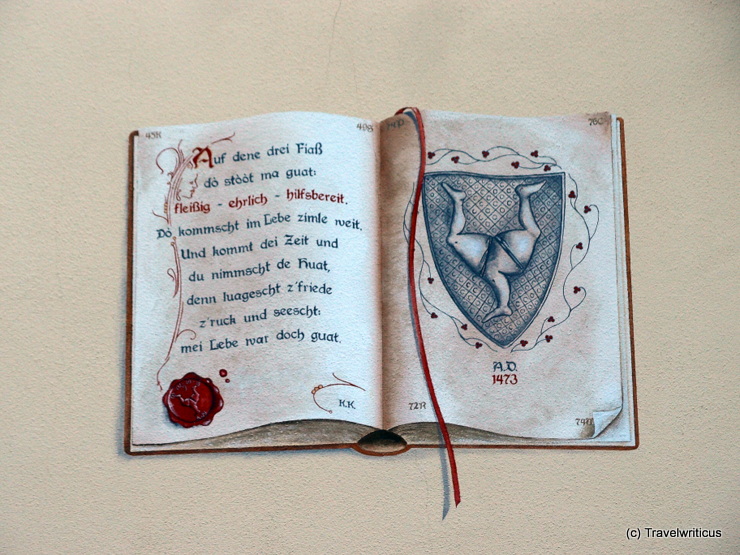
I did know Füssen is known for intriguing Trompe-l’œils on the walls of the High Castle (Hohes Schloss). Though, I was surprised to see in the streets of Füssen such an impressive Trompe-l’œil featuring a book.
You only see what you know (Goethe)

I did know Füssen is known for intriguing Trompe-l’œils on the walls of the High Castle (Hohes Schloss). Though, I was surprised to see in the streets of Füssen such an impressive Trompe-l’œil featuring a book.
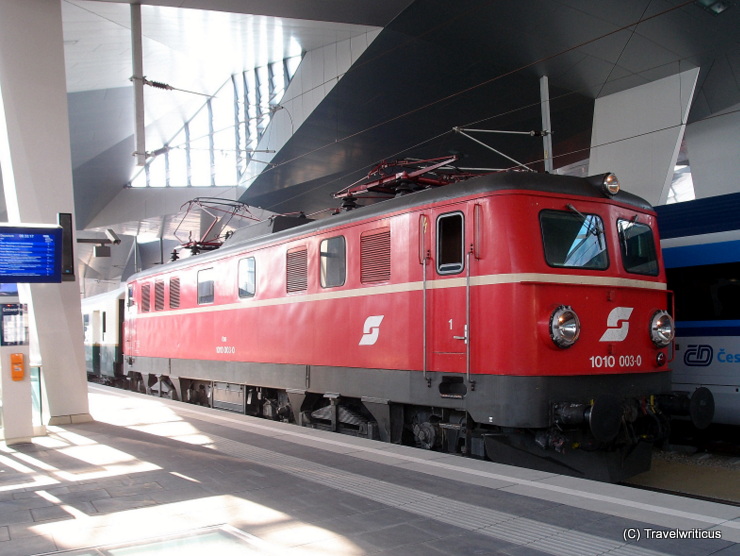
While I was waiting for a Railjet in the modern architecture of the new Vienna Central Station, a vintage locomotive sneaked in. It was a model of the rare ÖBB Class 1010. Only 20 units saw their construction in the years 1955–1958. [German]

The Bauhaus movement not only experimented with light and colours. It also tested new materials. Can we build a house made of steel? Georg Muche and Richard Paulick made a steel house in Dessau-Roßlau a reality. [German]
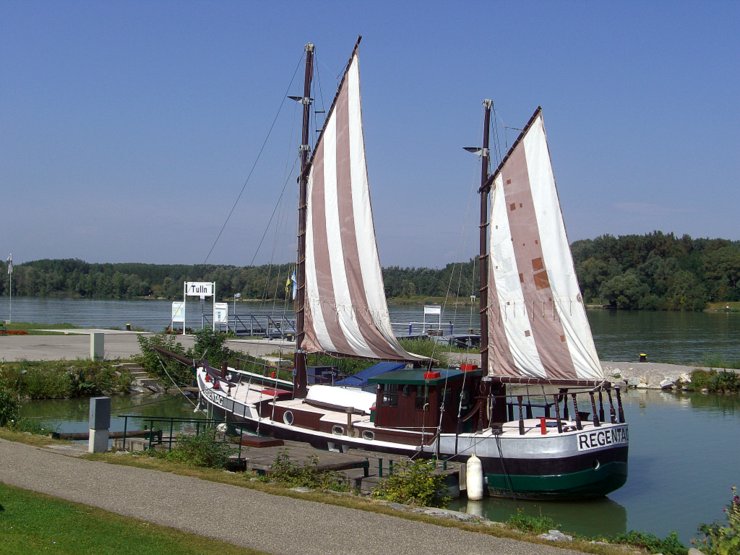
Artist Friedensreich Hundertwasser redesigned this former freighter for many years. Finally, he used the Regentag for a cruise to New Zealand. Since 2004, the ship has been on display in the harbour of the Austrian city of Tulln. [German]
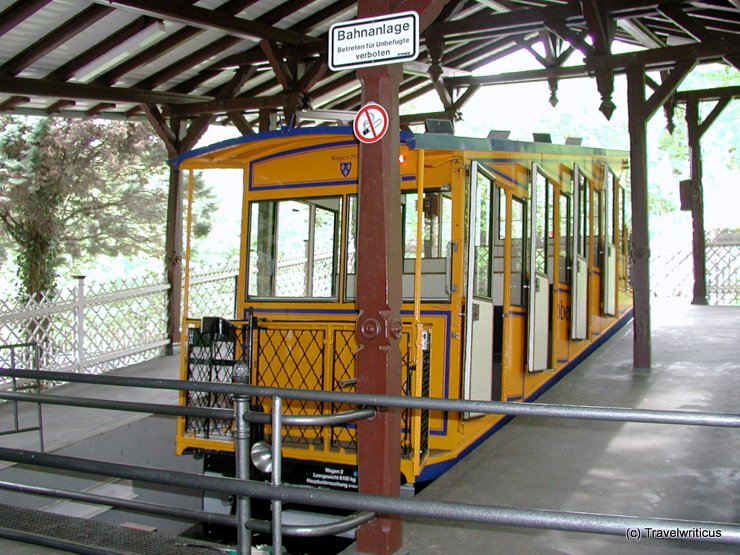
The Nerobergbahn was built in 1888 as a funicular railway driven by water counterbalancing and is still operated with this technology. It connects the Nerotal Valley with the Neroberg Hill, a lookout high over Wiesbaden. [German]
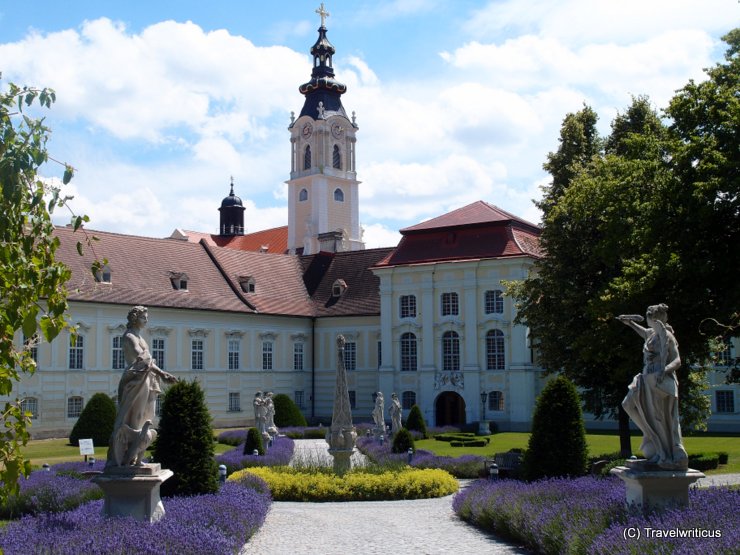
The architecture of Altenburg Abbey in the Austrian region of Waldviertel reminds us of a Baroque abbey you see in Austria many times. But it hides an older monastery below its floors. Visitors walk through the ages by climbing the stairs up and down. [German]

This sundial is located on the courtside of the Long Hallway (Lange Gang). The Long Hallway is the connection building between the Georgenbau and the former stable building. From here, the spectators watched the tournaments in the stable courtyard (Stallhof). [German]

The Loos House (Looshaus) is a central work of the Viennese Modern Age (Wiener Moderne). Architect Adolf Loos designed it in 1910. Because of the missing decorative elements above the windows, the Viennese called the building “The house without eyebrows”. [German]

It was in Halle when I first heard the term Kulissenbibliothek. After I visited the Library Hall of the Francke Foundations, I understood the meaning of this word. The position of the bookshelves reminded me of the sceneries (Kulissen) in a theatre. [German]

The Austrian place of Hallstatt is known for its picture book-like view. But it is also full of history. Archaeologists found a Bronze Age staircase in the nearby salt mines. A public replica of this piece tells us about the finding.

While exploring the Dessau-Wörlitz Garden Realm World Heritage Site, a Doric domed building may attract your attention. Then, you have found the former mausoleum of the Dukes of Anhalt in Dessau-Roßlau. [German]

At the Schell Collection, also known as the Museum of Keys (Schlüsselmuseum), you learn a lot about keys, locks, chests and jewellery boxes. Another focus is on decorative ironwork. So you see a compilation of house signs, grave crosses, windows and doors. [German]